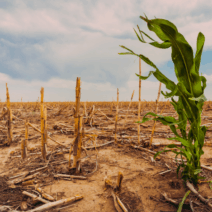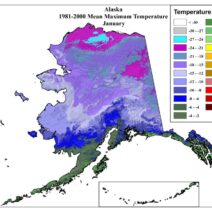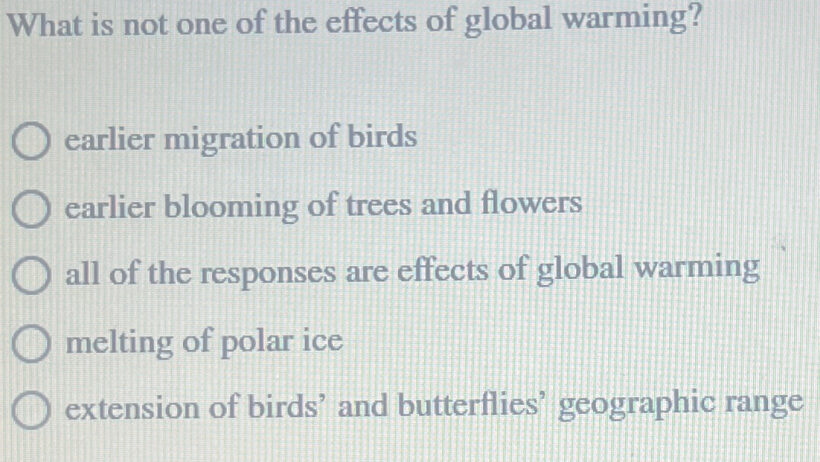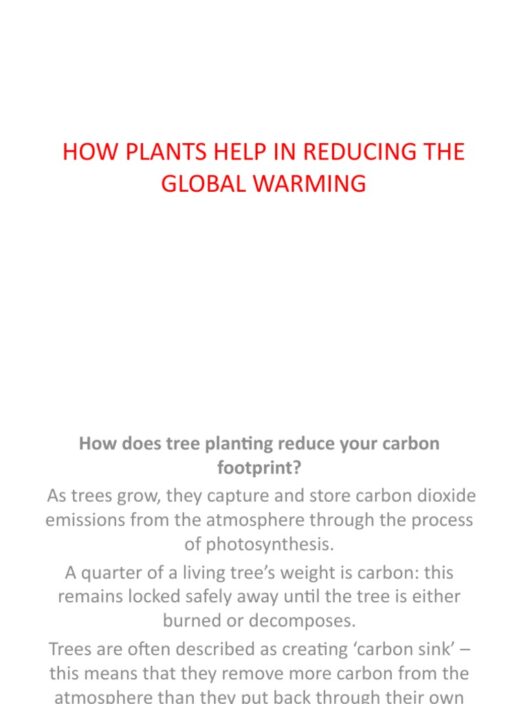The narrative of climate change is replete with alarming statistics and dire forecasts, most of which conjure images of droughts, floods, and devastating storms. Yet, a more insidious consequence is lurking in the currents of ecological transformation: the migration of species. Among the most startling examples of this phenomenon is the gradual northward push of alligators, a species typically associated with the balmy waters of the southern United States. This phenomenon prompts an unsettling inquiry: what are the implications of such migrations in the context of global warming?
First, it is paramount to understand the conditions that trigger these migrations. Rising global temperatures lead to alterations in ecosystems, disrupting the delicate balance that has historically governed the distribution of species. Alligators, typically found in the warmer climates of the southeastern United States, are increasingly being spotted further north, with reports emerging from states like North Carolina and even further into the Chesapeake Bay region. The rising temperatures, alongside changing precipitation patterns, create an environment that is hospitable for these reptiles, expanding their terrestrial and aquatic territory.
This migration is not merely an observational curiosity; it poses significant ecological ramifications. As alligators encroach upon northern habitats, they may disrupt local ecosystems, challenging existing species and introducing competition for resources. Consider the impact on small mammals, birds, and aquatic species that are unaccustomed to such apex predators. The mere presence of an alligator in unfamiliar territories raises the question of food web dynamics. Will the native species evolve adaptations to coexist, or will they succumb to the increased predation pressure?
The implications extend beyond the immediate ecosystem. As alligators establish themselves in new regions, there are potential health and safety concerns for human populations. The juxtaposition of human habitation and the predatory instincts of alligators could lead to increased encounters, resulting in conflicts that were previously nonexistent. The management of such a burgeoning population becomes a grave concern for wildlife authorities and local communities alike. How will regions that are not traditionally associated with these reptiles adapt their policies and strategies to mitigate human-wildlife interactions?
Furthermore, the northward migration of alligators is emblematic of a broader trend seen across various species, often referred to as climate-induced phenological shifts. Many species are altering their migratory patterns or seasonal behaviors in response to climate change. From birds and butterflies to fish and mammals, the ecological balance is proving to be extremely fragile. One must wonder: what other species are in peril of shifting their ranges, and what new challenges will arise as these species collide with their new environments?
A vital aspect of this discussion is the interplay between climate change and habitat availability. The increasing temperatures have not only prompted animal migration but have also affected plant life, which is crucial to sustaining the ecosystems. Vegetation patterns shift, and this, in turn, influences the availability of food resources. Therefore, examining the effects of rising temperatures entails a multifaceted approach, emphasizing the interconnectedness of climate systems and biodiversity.
Moreover, the migration of alligators and similar species can serve as a bellwether for the health of ecosystems. Observing changes in their behavior or distribution can provide valuable insights into the larger environmental shifts occurring globally. As such, alligators up north may not only reflect climate change but also act as indicators for the urgency of conservation efforts and the need for sustainable practices.
Conservationists and ecologists are compelled to consider adaptive management strategies to cope with these changes. Creating wildlife corridors, revising zoning laws, and implementing educational initiatives can help communities prepare for and adapt to the reality of a changing ecosystem. Innovative strategies must account for the unpredictability of species interactions as they navigate their new environments. How can local communities engage with conservation because of or despite the challenges posed by these migrations?
Interestingly, public perception plays a critical role in this evolving scenario. The introduction of alligators into northern habitats may incite trepidation, leading to calls for extermination efforts or misinformed management practices. However, educating the public about the natural role of alligators in control of ecosystem dynamics is essential. These apex predators help maintain balanced ecosystems by regulating prey populations. This understanding can foster coexistence rather than conflict, nurturing a more ecologically literate society.
As experts gather data and track the movements of alligators and other migrating species, a new narrative emerges—one that emphasizes resilience, adaptation, and ecological cooperation. It urges society to embrace innovative solutions and collaborative efforts to mitigate the effects of climate change. Rather than viewing climate-induced migrations solely as an obstacle, they can be perceived as an opportunity to re-evaluate our approach to conservation. How can we better align our ecological strategies with the shifting paradigms of wildlife movement?
Perhaps, alligators venturing northward serve as a powerful metaphor. They force us to confront uncomfortable truths about our changing world while igniting curiosity about our role within it. Adaptation, cooperation, and understanding will be paramount as we navigate these uncharted waters. Conclusively, the story of alligators on the move is not merely one of fear, but also of potential—a chance to inspire sustainable stewardship amid the urgency of climate change.






